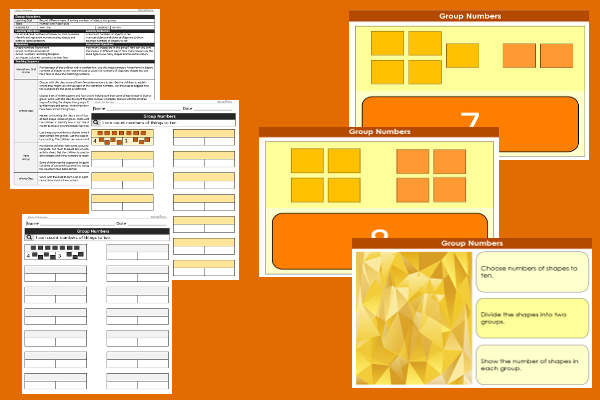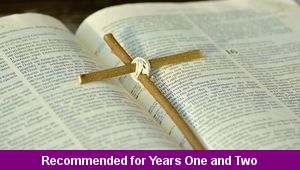Lesson Two – Group Numbers

This maths teaching pack for Key Stage One gets the children to identify and record different ways of sorting numbers of pairs of objects into matching groups for number bonds to ten.
The class can use concrete objects to practise sorting numbers to ten into groups and use pictorial diagrams to show how they have sorted the numbers into the groups and the matching sums.
Download this teaching pack including a lesson plan, classroom activities and an interactive presentation to identify and record different ways of sorting numbers of pairs of objects into matching groups for number bonds to ten
Activities in this teaching pack include a template to identify and record how different numbers of shapes have been sorted into matching groups for number bonds to ten using pictorial diagrams and digits to indicate the values of each pair of numbers.
The interactive presentation gets the children to explore different ways of sorting numbers of objects to ten into matching groups.
This lesson is part of a maths scheme of work to get the children to identify and record how to count and group different numbers to ten into matching sets of shapes and digits using concrete objects and diagrams. There are teaching activities for shared learning, differentiated worksheets to support independent learning and interactive presentations to introduce concepts and key skills.
-

Vehicle Numbers
Investigate and record how to make and count models of objects to ten, twenty and thirty to match objects related to different types of vehicles
-

Bible Stories
Research and illustrate how the teachings of Jesus are presented in different stories from the Bible
-

Word Matching
Identify, match and record the initial sounds that have been used in a range of cvc words beginning with different letters
-

Family Toys
Investigate and record how a selection of different toys and games that were owned by families have changed and developed over time
